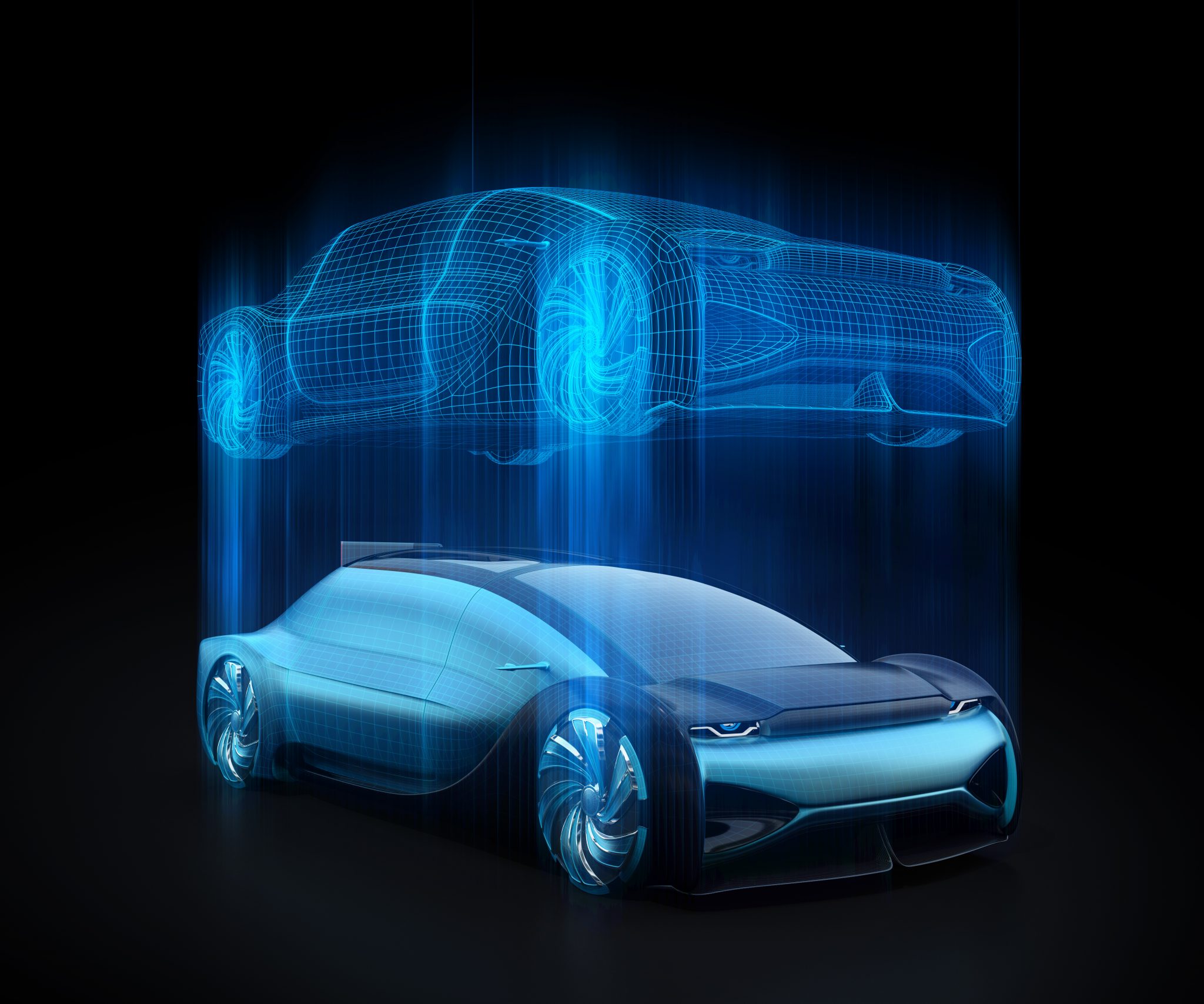How The IoT Creates A Need For Digital Twins
Digital twins have been around in engineering for a long time. When an airline buys an engine from a company like Rolls Royce they are not just buying an engine. They will also have ongoing monitoring and maintenance of that engine. Sensors inside the engine will broadcast information to Rolls Royce, who will maintain a completely virtual version of the same engine. Updated in real-time this allows the engine manufacturer to know when maintenance is required and if there are any problems developing.
So engineers have known about digital twins, and the software and sensors needed to manage systems like this, for many years, but it has not become familiar to the general population in the same as Artificial Intelligence. However, this may change in the near future.
The Internet of Things (IoT) is how we generally describe the emerging environment where every electronic device is identifiable and connected. Everyone can already see this in their home environment. It used to be that the only device connected to the Internet was a computer. Now your phones, Kindles, iPads, cameras, toys, and many other devices will all be connected. The next step is for sensors to be everywhere so you can control lights, temperature, locks on doors etc.
This is already possible, but it requires the homeowner to invest in changing devices that already work – like replacing traditional locks with electronic connected locks. Scaling up to the level of smart cities is where the IoT really creates a requirement for digital twins.

The MIT Sloan Management Review recently published a story detailing how the loss of the Notre Dame Cathedral in Paris to fire was mitigated by the fact that a digital twin had been created by academics interested in preserving ancient structures. By next year, Gartner has estimated that there will be over 25 billion connected sensors all over the world. This has particular importance for city planners – not just because they can rebuild cathedrals lost to fire.
These sensors offer real-time data on how a city is functioning. Traffic, pedestrian flow, weather, air quality, can all be measured and monitored, and through the use of the digital twin, a model of the city can display live data or can explore time periods or trends. The ability to diagnose problems in the city – such as potholes in a major road – automatically allows the system to allocate resources to fix problems immediately.
It has become common to model entire buildings using digital twin technology, allowing landlords the ability to monitor and control every aspect of the building from heating to fire safety systems. The increasing realization that this can be scaled up to entire cities, to create a graphical representation of water supply, electricity supply, and other important utilities, is an important development that is being assisted by the increased use of the IoT and the ongoing rollout of 5G telecoms in many countries.
I believe we are about to hit a wave of innovation where 5G facilities a greater rollout of IoT sensors and devices and this, in turn, leads to the need to be able to capture and control all these sensors in some form of the model. The digital twin is about to go mainstream.